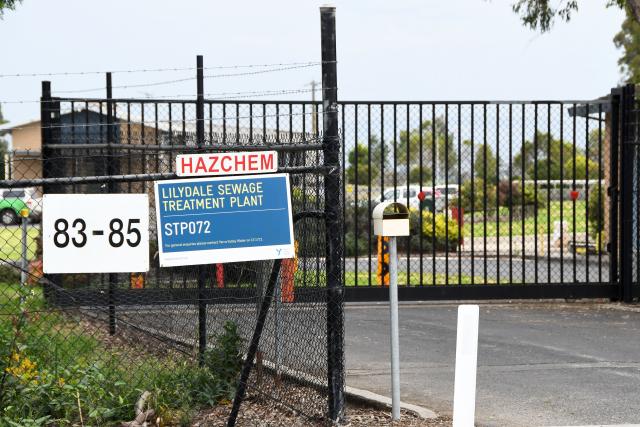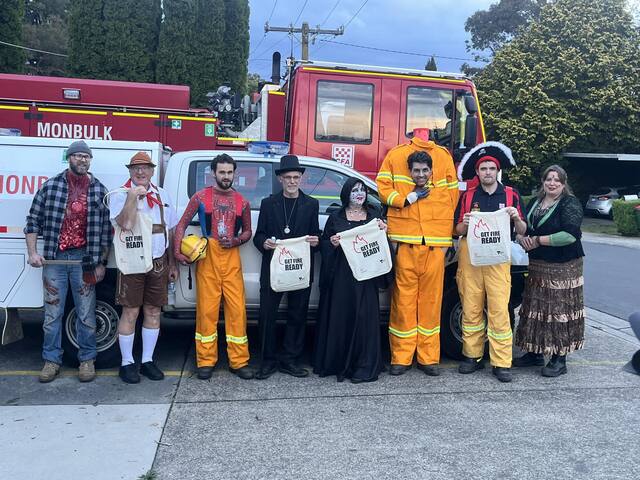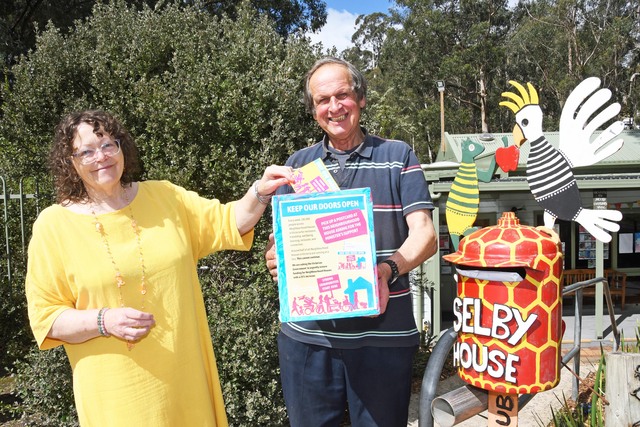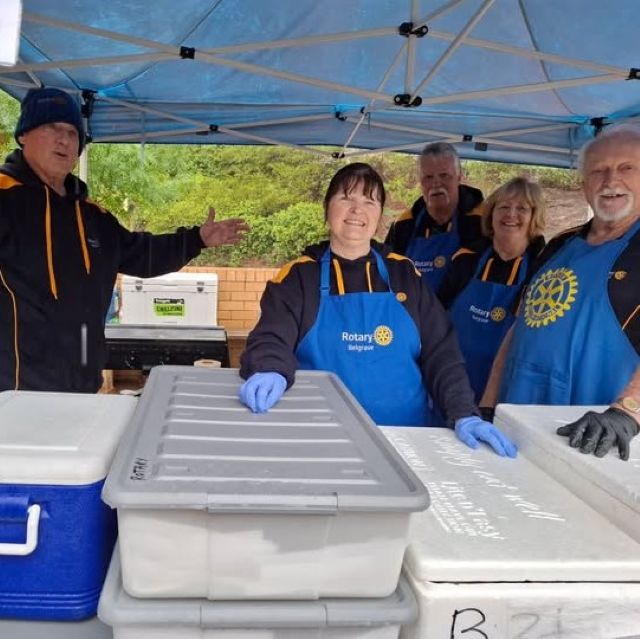Kicking goals along their journey towards sustainable energy sources, Yarra Valley Water is set to achieve net zero emissions by the end of 2025.
With the original goal of achieving net zero emissions by 2030, the utility has essentially halved its prospective time since 2021.
Managing Director, Pat McCafferty said, “we’re looking like we’ll achieve our goal of net zero emissions by 2025 which is really good news”.
“We have our first waste energy plant operating in Wollert that has been in place since 2017, and that meets about 24 per cent of our energy needs, and this second one which will be up and running in 2025 will add another 30 per cent to that so we’ll be in the over 50 per cent just from those two plants.”
With the Wollert waste to energy plant running smoothly, construction for the new Lilydale waste to energy plant is underway.
“It takes a long time to get the permits for a new waste energy plant and there’s years of planning and consulting with the local community before getting ministerial approvals and EPA licences and so forth but now that that’s all done we’re actually starting construction,” Mr McCafferty said.
“We learnt a lot in the construction of the first plant in Wollert seeing as it was one of the largest -in terms of its scale and the approach we took, in Australia.”
“But you learn a lot when you build the first one so in the second one, you can apply some of that learning and accelerate the construction process as well.”
The food waste to energy system operates using anaerobic digestion.
“Anaerobic digestion is a process that is very familiar to water utilities and the waste energy plants pay for themselves because we generate revenue by taking the waste that would have otherwise gone to landfill.”
“So what happens is that the trucks turn up with their organic waste, which would have been going to the tip and generating a whole lot of greenhouse gases, we mash the waste up into a liquid form and put it into very large tanks that are starved of oxygen.”
“The interesting thing about the waste energy plants is that they are a very natural process. -it’s all just organic waste that we’re processing so we are not burning anything,” Mr McCafferty said.
With both food waste to energy sites up and running, only 30 per cent of energy produced on the Wollert plant will need to be taken for Yarra Valley Water’s own purposes, leaving the other 70 per cent to flow into the grid as renewable energy.
“The principle is that whatever energy is leftover, goes back into the grid, so we’re able to offset against our own energy footprint,” Mr McCafferty said.
“Our first waste energy plant is close to the Melbourne wholesale food markets so any of the wasted food that gets created there can just get easily transported to our plant.”
“We also save costs through producing our own energy and get the additional offsets by having excess energy produced at those plants.”
Whilst some of the Wollert Plant’s technology was imported from Germany along with some foreign experts, both the Wollert and Lilydale plants are being built by Australian organisations. All that is left on the utility’s net zero emissions list is a conversion to electric vehicles.
“The technology between the Lilydale and Wollert plants might be a little different.”
“It’s a Western Australia company that’s building the second plant.”
With its recent achievements and projections, Yarra Valley Water is well ahead of the game when it comes to climate change and sustainability, even trumping Melbourne water’s plans to achieve net zero emission by 2030.
Mr McCafferty said, “The water sector is very much front and centre in terms of reducing climate change impacts and championing sustainability.”
“The burning of fossil fuels has affected the rainfall patterns we experience so that we get extreme droughts, floods or bushfires.”
“We already, as utilities, process a lot of the city’s liquid waste through the sewage network, and have connections to commercial customers already who we know are producing food waste, be it hospitals or supermarkets that we can contact and offer an alternative service than sending all of that to landfill.”
Yarra Valley Water’s 2025 net zero emissions goal will be achieved via a variety of methods.
Mr McCafferty outlined that roughly 23 per cent of the utility’s energy will be covered by the Wollert plant, 30 per cent will be drawn from Lilydale and 25 percent from their solar farm investment with the rest made up from other projects.
“Our head office has a massive solar car park that’s producing 30 per cent of the energy needs on site,” Mr McCafferty said.
“We have a green building strategy that we’re pursuing which includes installing solar panels that are also linked to our electronic vehicle charging stations.”
“We’ve got around a dozen or so now with six 30 minute charging stations and we’re aiming to get up to about 45.”
Among its net zero targets, Yarra Valley Water has many sustainability and climate change-combatting initiatives in place.
From co-investing on solar projects to their 8.7ha healthy ecosystems project, rejuvenating landscapes and collaborating with the community are ventures that are heavily embedded into the utility’s system.
“We are partnering with Zoos Victoria and Green Australia to restore land to pre-colonisation.”
“One of the main goals with this particular restoration project is rejuvenating habitat for the endangered species that are prevalent around the local areas like the helmeted honeyeater and the leadbeater’s possum.”
“Once we demonstrate what’s possible there, we can start to talk to other land holders in the adjacent area to see the level of interest in participating and restoring some biodiversity as well.”
“That’s sort of part of the whole sustainability plan within the organisation which is fundamental. We have a 2030 strategy and circular economy, renewable energy, biodiversity are all part of the same agenda to improve sustainability outcomes.”
Falling short of meeting last year’s water conservation goals, Yarra Valley Water aims to 250 litres per person.
“We had a lot of support from our customers when we did our last community consultation programs and prices but the digital water metre is a game changer because people will get alerts if they’ve got a leak on their property and so we’ll be able to save water really quickly rather than wait three months between getting one bill and then another and finding out the bill has gone up,” Mr McCafferty said.
“That water use target is always going to be a work in progress in Australia with the unpredictability of the weather.”
Now that net zero emissions are well underway for Yarra Valley Water, a new realm of ‘beyond zero’ emerges along with much possibility.
“By December 2025, with the new food waste to energy plant up and running, we’ll be net zero and then the idea is to go beyond net zero,” Mr McCafferty said.
“Because the food waste energy plants generate carbon deficits, we’ll have more than enough energy to be able to trade them as well which brings us into a sort of interesting territory of being beyond zero.”
“It’s all pretty exciting.”
Whilst the food waste to energy solutions to emissions reduction is popular in Europe, it is yet to truly catch on in Australia.
“I think the reason why other institutions and companies haven’t taken on food waste to energy projects is because it’s done quite extensively in Europe and North America,” Mr McCarthy said.
“It hasn’t been done a lot in Australia and everyone is always waiting for someone to go first.”
“We do have some natural assets that we are able to utilise in the sense that we have land already, we already have a high energy need on our side of the metre which really improves our business case.”
With plans for new electric vehicles and piloting a hydrogen program among other endeavours in the reducing emissions and sustainability sector.







